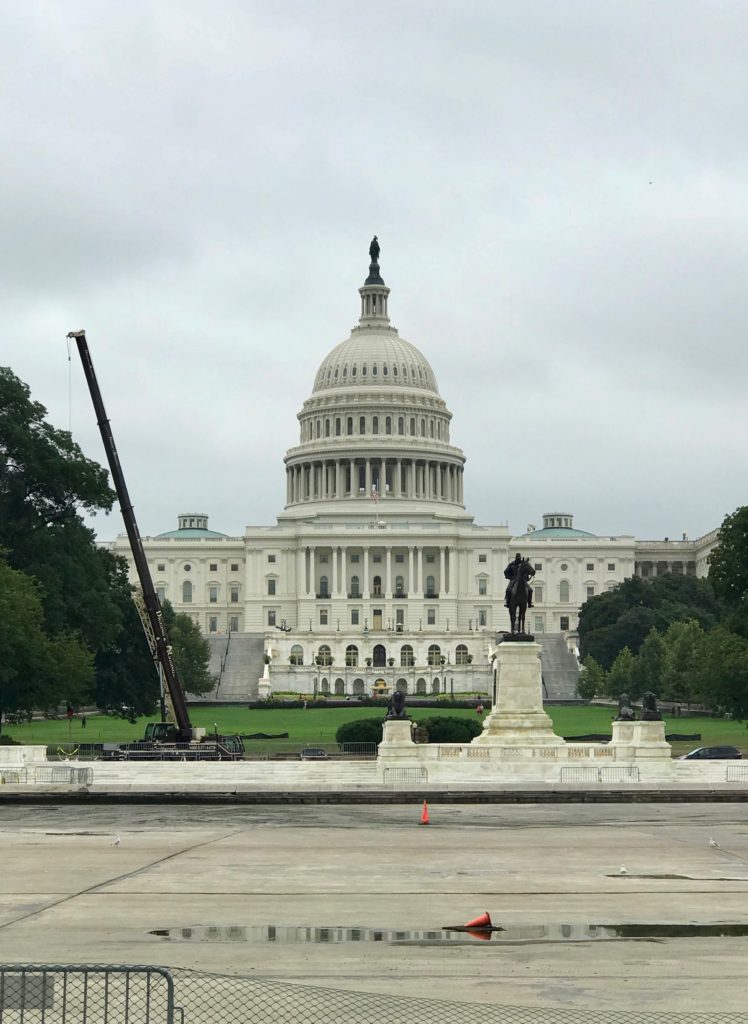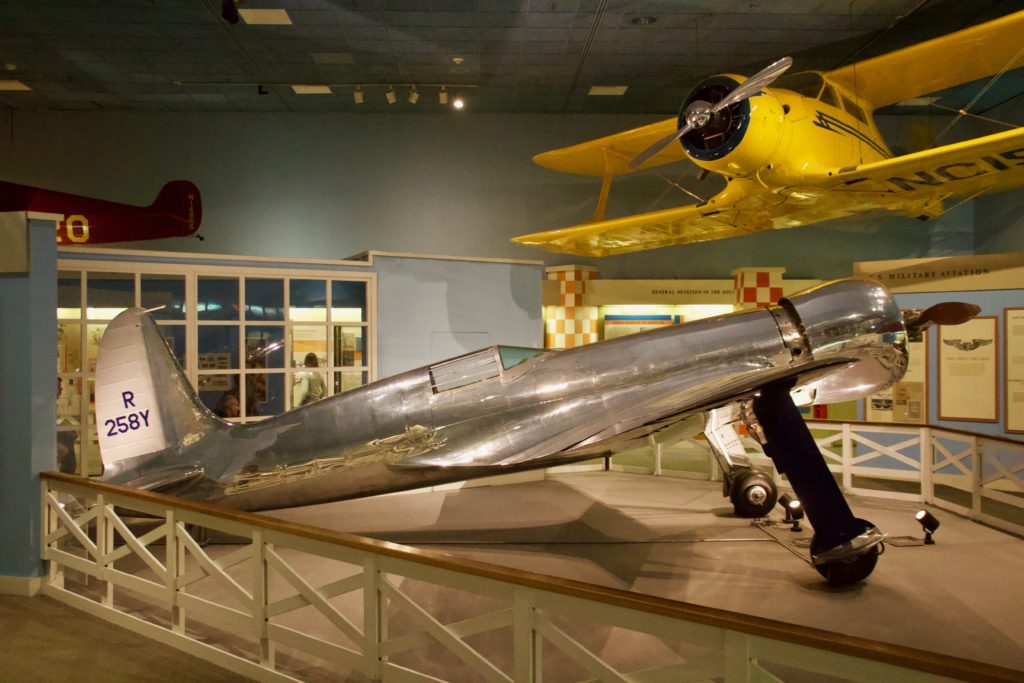As you can guess, you really need more than a few days to explore Washington D.C., we went 4 days in between rainy days. And we did not even see half of it. So make sure you plan for what you want to see.
If we had known, we would have planned a route of what to see. They make getting around so much easier now. There are a couple of companies that you can rent scooters to ride in the city. We of course had to give them a try.

We used the App by Skip Scooters, just put your information in, and scan the scooter out. And off you go to enjoy the city.
First stop today, National Archives.

Once inside, you are not allowed to take any type of photos. But wow, to be that close to the documents our ForeFathers signed for our country. This is a must see.

The White House, the home and work place of the President of the United States of America. This has been the home to every President since John Adams in 1800. Such a grand design with lush lawns, and gardens.

As you can see we were so excited to see where Our President works and lives. There is always an impressive amount of security, as well as visitors.
Next stop, United States Botanic Garden, they have so many beautiful plants and flowers. Flowers that are so hard to find, different regions set up inside to show what can grow there. And best of all it was free. All of the museums throughout the National Mall area will be free to the public.


The Garden is actually located on the grounds of the United States Capitol. It happens to be the oldest continually operating botanic garden in the United States.

The United States Capitol, home of the United States Congress and the seat of the legislative branch of the U.S. federal government. It is located on Capitol Hill at the eastern end of the National Mall in Washington, D.C. Though no longer at the geographic center of the Federal District, the Capitol forms the origin point for the District’s street-numbering system and the District’s four quadrants.

In September, they had some construction going on while we were there. And as you can see it was a cloudy day due to Hurricane Florence.

The Ulysses S. Grant Memorial is a presidential memorial in Washington, D.C., honoring American Civil War general and 18th United States President Ulysses S. Grant. It sits at the base of Capitol Hill, below the west front of the United States Capitol. Its sculpture of Grant on horseback faces west, overlooking the Capitol Reflecting Pool and facing toward the Lincoln Memorial, which honors Grant’s wartime president, Abraham Lincoln. Grant’s statue rests on a pedestal decorated with bronze reliefs of the infantry; flanking pedestals hold statues of protective lions and bronze representations of the Union cavalry and artillery. The Grant and Lincoln memorials define the eastern and western ends, respectively, of the National Mall.

Calvary Charge, sits next to Ulysses S. Grant on horseback.
Made our way over to the Franklin Delano Roosevelt Memorial, the 32nd President of the United States, and to the era he represents. The memorial is the second of two that have been constructed in Washington to commemorate that president.

Dedicated on May 2, 1997 by President Bill Clinton, the monument, spread over 7.5 acres adjacent to the southwest side of the Tidal Basin along the Cherry Tree Walk in West Potomac Park, traces 12 years of the history of the United States through a sequence of four outdoor rooms, one for each of FDR’s terms of office. Sculptures inspired by photographs depict the 32nd president alongside his dog Fala.
Other sculptures depict scenes from the Great Depression, such as listening to a fireside chat on the radio and waiting in a bread line, a bronze sculpture by George Segal. A bronze statue of First Lady Eleanor Roosevelt standing before the United Nations emblem honors her dedication to the UN. It is the only presidential memorial to depict a First Lady.

Considering Roosevelt’s disability, the memorial’s designers intended to create a memorial that would be accessible to those with various physical impairments. Among other features, the memorial includes an area with tactile reliefs with braille writing for people who are blind. However, the memorial faced serious criticism from disabled activists. Vision-impaired visitors complained that the braille dots were improperly spaced and that some of the braille and reliefs were mounted eight feet off of the ground, placing it above the reach of most people.

It is hard to really put into words how profound all of this is. After we left this memorial we found our way to the Martin Luther King Jr. Memorial.

The inspiration for the memorial design is a line from King’s “I Have A Dream” speech: “Out of the mountain of despair, a stone of hope.” The memorial opened to the public on August 22, 2011, after more than two decades of planning, fund-raising, and construction.

And the Jefferson Memorial, we did not get to go up close to it. Next time, for sure we will visit.

Now on to the National Air and Space Museum. This was one that Kerry was looking forward to going to. And it got us out of the rain for a while.

The museum was established in 1946 as the National Air Museum and opened its main building on the National Mall in 1976. It is one of the busiest museums in the United States. The museum contains so much history, Apollo 11, the Spirt of St. Louis, and a Wright Brothers plane.

Hughes H-1 Racer built by Hughs Aircraft in 1935. It set a world airspeed record and a transcontinental speed record across the United States. The H-1 Racer was the last aircraft built by a private individual to set the world speed record; most aircraft to hold the honor since have been military designs.

Soon after World War II, the United States and the Soviet Union became locked in a global conflict pitting democracy against communism. Space became a critical theater in this Cold War, as each side competed to best the other’s achievements in what became known as the Space Race.

The Spirit of St. Louis, a custom built, single engine, single seat, high wing monoplane that was flown by Charles Lindbergh on May 20–21, 1927, on the first solo nonstop transatlantic flight from Long Island, New York, to Paris, France, for which Lindbergh won the $25,000 Orteig Prize.


The Wright Brother’s Model A. The brothers built about seven of Model A’s in their bicycle shop from 1906-1907.
So much more to see. It’s so hard to give just a brief show of them.
To help plan go to the following sites:
www.airandspace.si.edu
www.nps.gov/nacc/index.htm











Leave a Reply